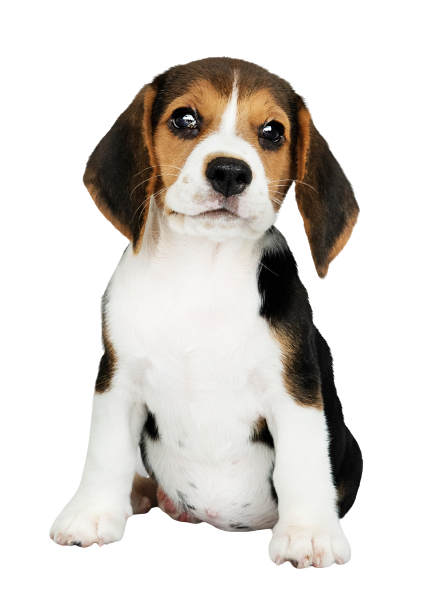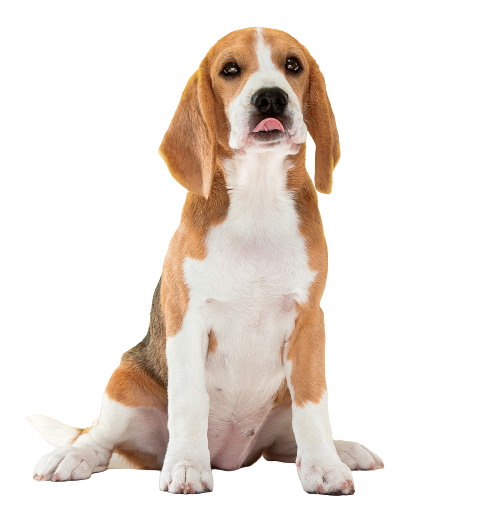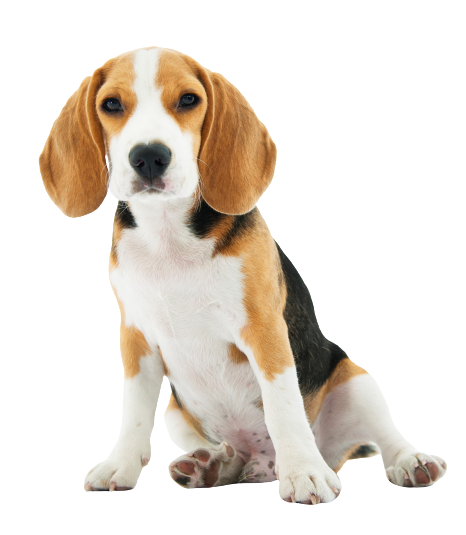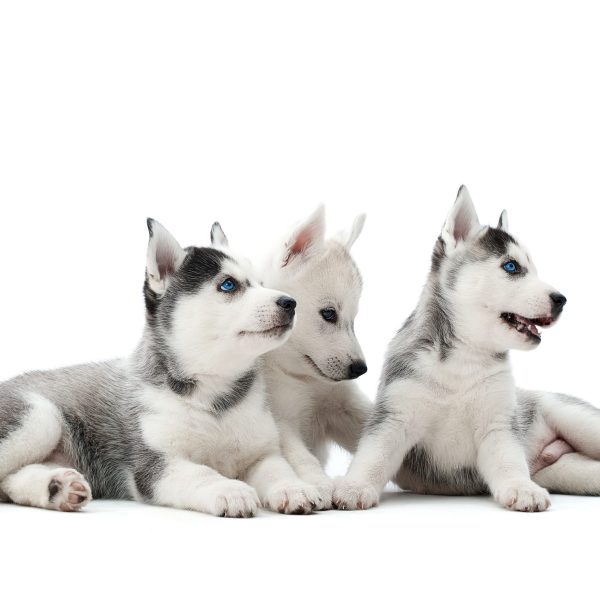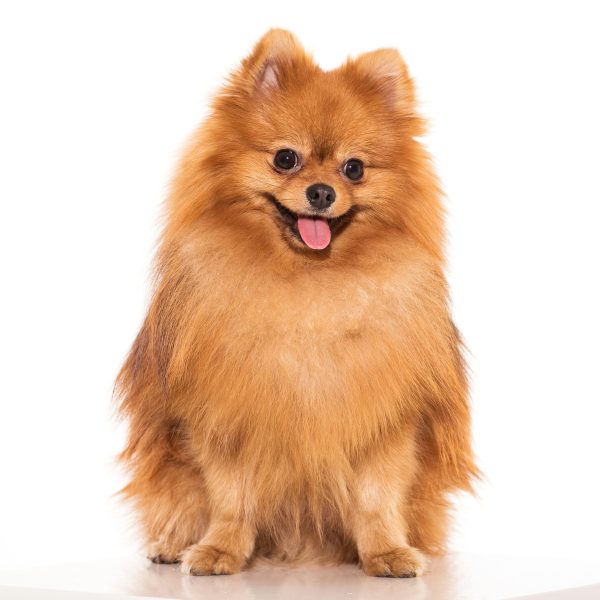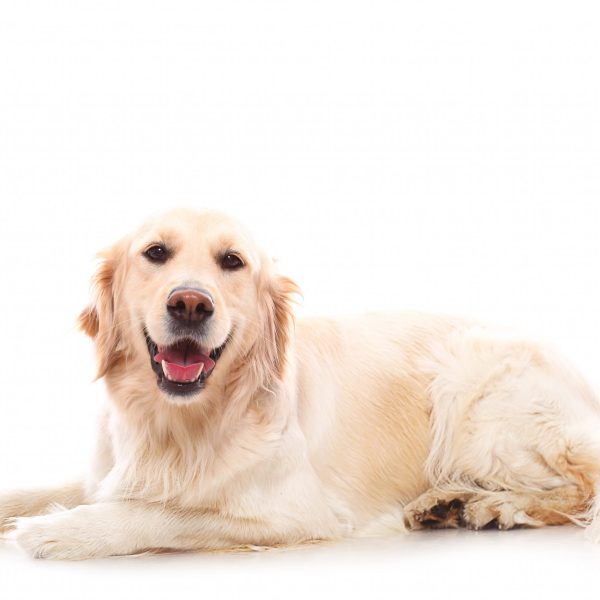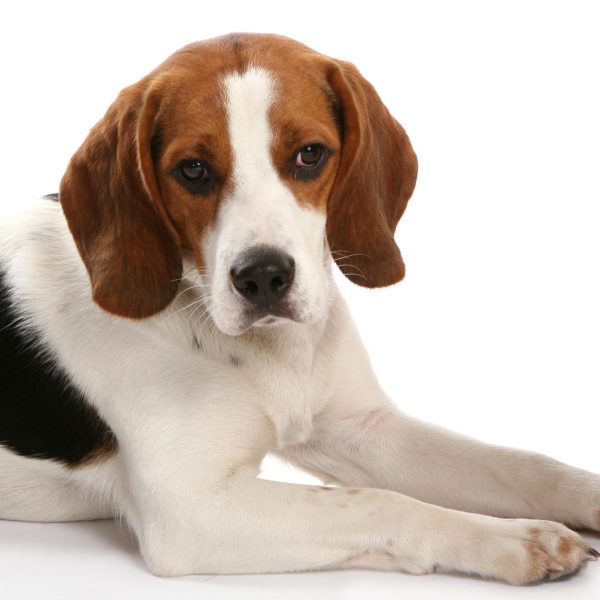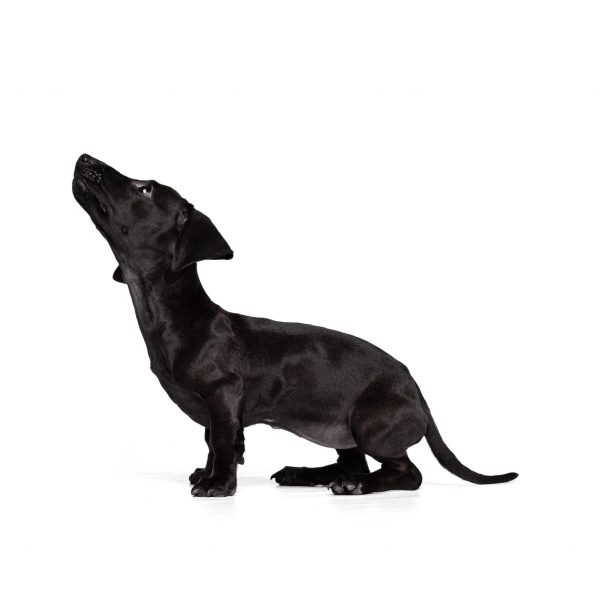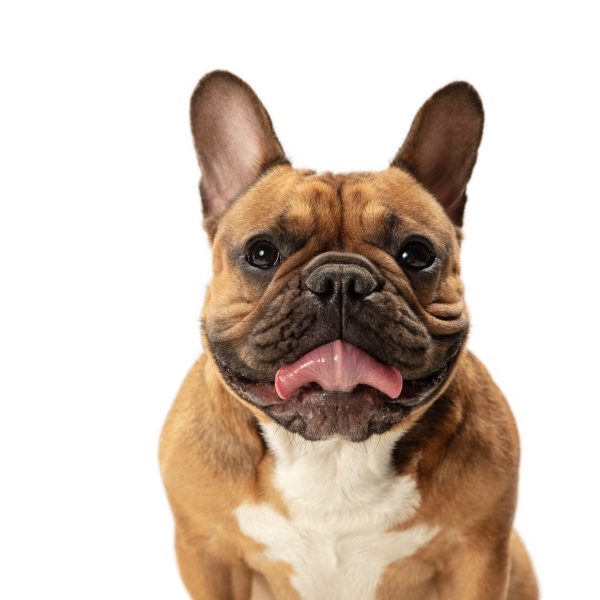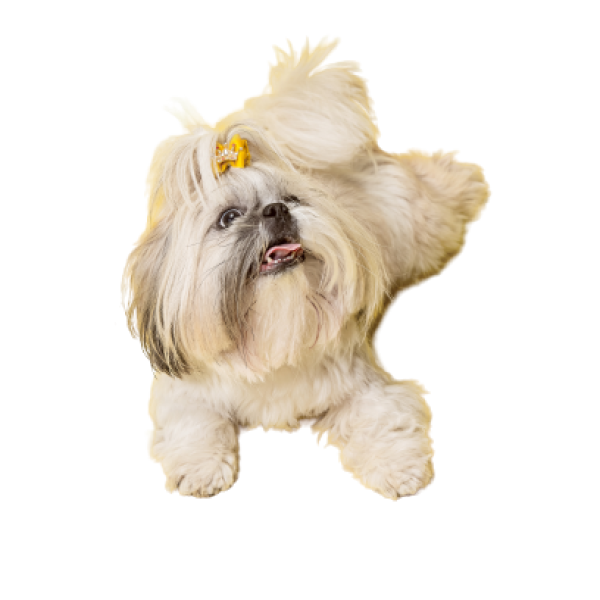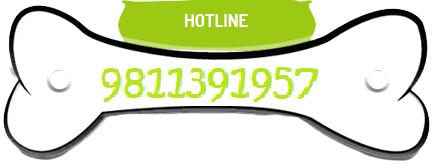Vital Stats
Little, conservative, and tough, Beagles are dynamic allies for youngsters and grown-ups the same. Canines of this breed are happy and carefree, yet being dogs, they can likewise be difficult and require patient, inventive preparation methods.
Their noses guide them through life, and they’re never more joyful than while following a fascinating fragrance. Beagles initially were bred as fragrance dogs to follow small game, generally hare and rabbit. They’re actually utilized for this reason in numerous nations today, But you’ll find a lot of these puppies living as companion dogs and cherishing, fuzzy relatives.
It’s memorable’s vital that canines of any breed can experience the ill effects of medical problems all through their lives. A decent pet protection plan can provide assistance to you for getting ready to give your canine the attention they need at any stage in life.
Dog Breed Group
Hound Dogs
Weight
7 to 14 Kg
Height
13 inches to15 inches tall
Life Span
10 to 15 years
